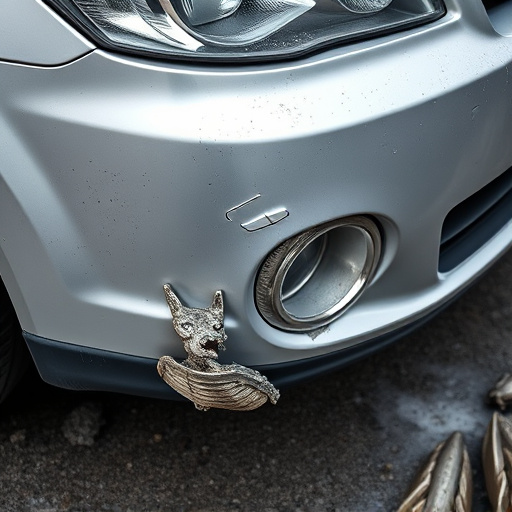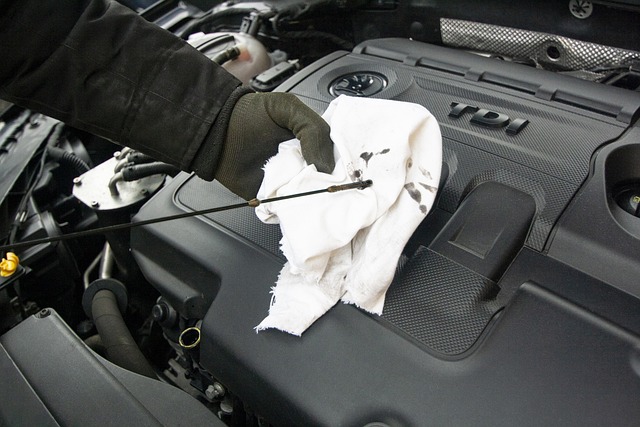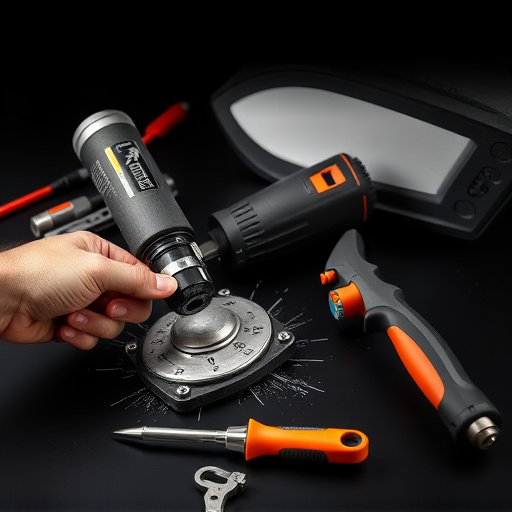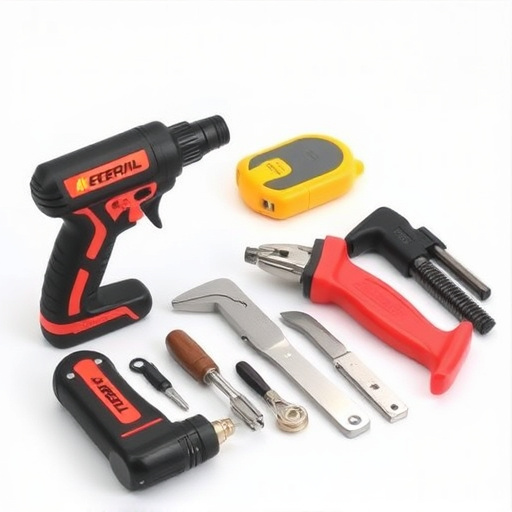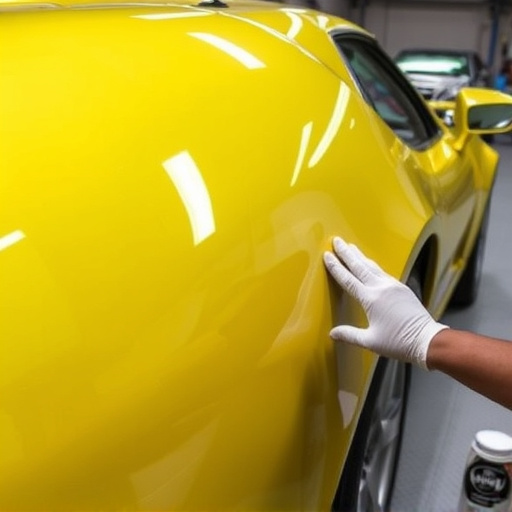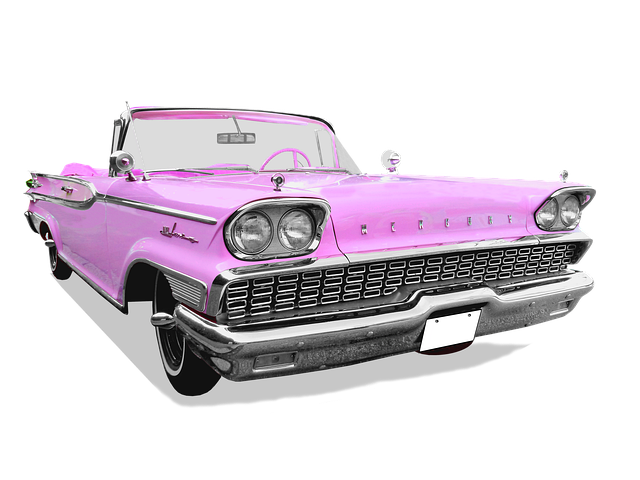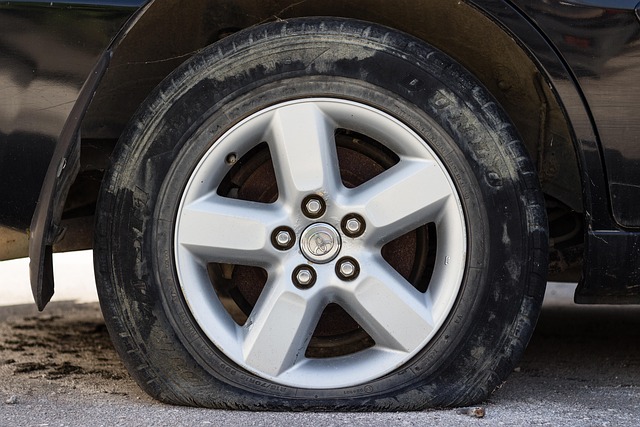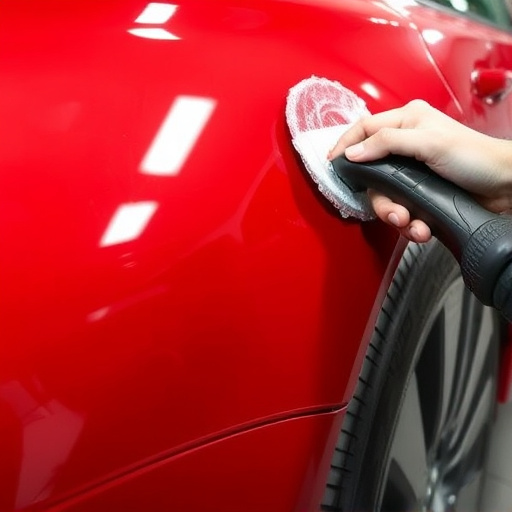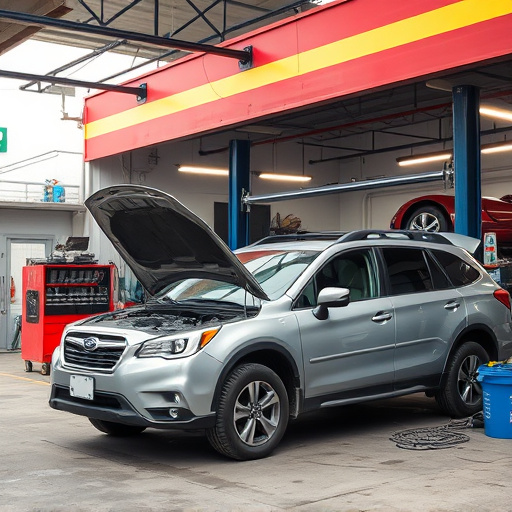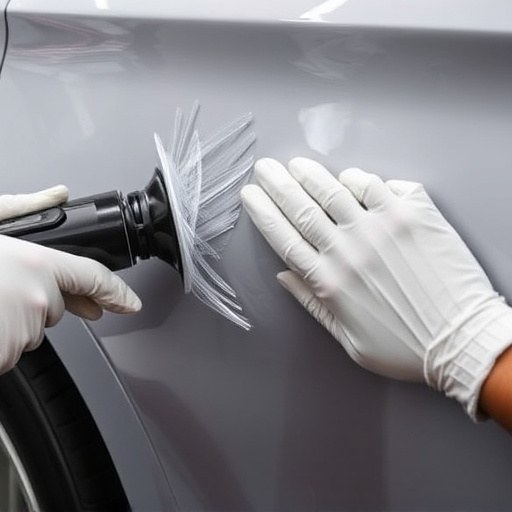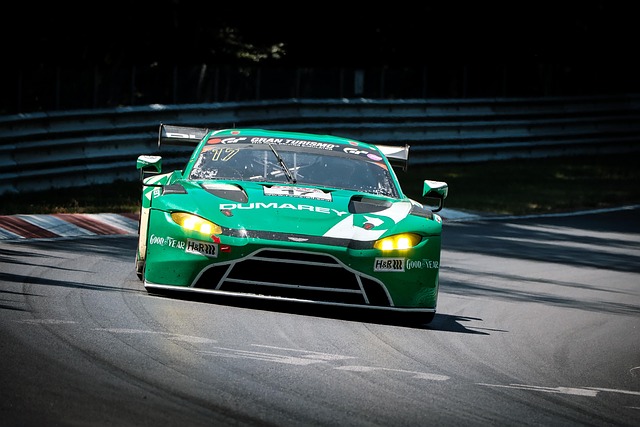Precision collision repair is a specialized technique using advanced tools and methods to restore vehicles to their original state after a collision, minimizing damage and preserving structural integrity. This modern approach reduces downtime and costs, especially for classic car restoration projects, by meticulously measuring and aligning parts. Best practices require strategic investments in state-of-the-art equipment, advanced technology, and clear standard operating procedures.
Precision collision repair is transforming the automotive industry by minimizing downtime and rework costs. This advanced approach utilizes state-of-the-art technology and highly skilled technicians to accurately restore vehicles damaged in accidents. By carefully measuring and replacing only the necessary parts, precision collision repair reduces time spent on laborious tasks and costly mistakes. In this article, we’ll explore the benefits of precision collision repair and best practices for efficient implementation.
- Understanding Precision Collision Repair Techniques
- Benefits: Reduced Downtime and Rework Costs
- Best Practices for Efficient Implementation
Understanding Precision Collision Repair Techniques
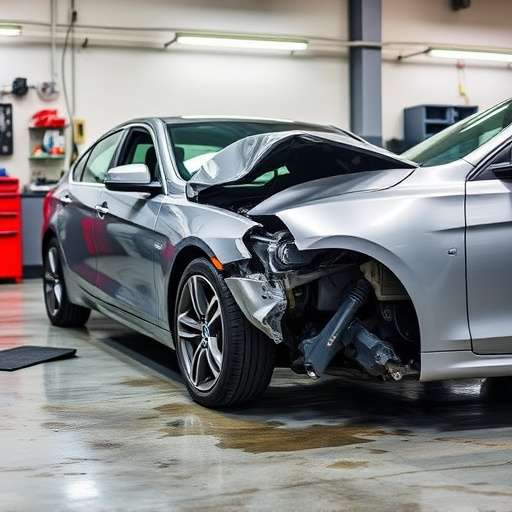
Precision collision repair is a specialized technique that aims to restore vehicles to their original state after a collision, minimizing damage and maximizing structural integrity. It involves highly skilled technicians using advanced tools and methods to accurately fix panel dents, cracks, and misalignments. Unlike traditional car repair services, precision collision repair focuses on preserving the vehicle’s original factory finish and ensuring every component is returned to its pre-accident condition.
This modern approach to auto body repair goes beyond simple aesthetics. By meticulously measuring and aligning parts, it reduces the need for excessive filler or painting, which can lead to rework. Moreover, precision collision repair techniques are particularly beneficial for classic car restoration projects, where maintaining historical accuracy is paramount. These methods preserve the vehicle’s value and uniqueness, ensuring that classic cars look as good as new after repairs.
Benefits: Reduced Downtime and Rework Costs

One of the most significant advantages of precision collision repair is the substantial reduction in downtime for vehicles. Traditional collision repair methods often involve lengthy processes and multiple stages, leading to extended periods where your vehicle is out of commission. However, with precision techniques, the process becomes more streamlined and efficient. Skilled technicians use advanced tools and measurements to ensure that repairs are exact and precise, minimizing the need for rework. This precision allows for quicker turnaround times, getting your vehicle back on the road faster.
Moreover, the cost savings from reduced rework are considerable. Luxury vehicle repair often comes with a hefty price tag, and every minute spent in an automotive body shop incurs additional charges. Precision collision repair techniques significantly lower these costs by minimizing errors and eliminating the need for repeated repairs. This benefit is especially valuable for vehicle owners looking to maintain the value of their luxury vehicles while keeping expenses under control.
Best Practices for Efficient Implementation
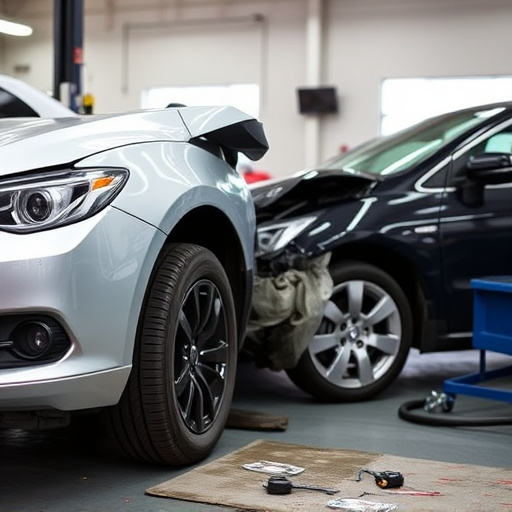
Implementing precision collision repair best practices requires a strategic approach. Begin by investing in state-of-the-art equipment and training for your team. This ensures that every step of the repair process, from initial assessment to final touch-ups, is executed with meticulous accuracy. Utilizing advanced technology like robotic welding systems and 3D scanning can significantly enhance efficiency and precision, reducing errors and rework.
Additionally, establishing clear standard operating procedures (SOPs) is paramount. These should detail each repair stage, including damage assessment, disassembly, repair techniques, and reassembly. Standardized protocols guarantee consistency, ensuring that every vehicle collision repair, whether minor or extensive, follows the same high-quality standards. This systematic approach not only minimizes downtime but also fosters a culture of excellence in automotive restoration and car dent repair.
Precision collision repair techniques significantly reduce downtime and rework costs by minimizing damage and restoring vehicles to their pre-accident condition. By utilizing advanced tools, specialized training, and meticulous attention to detail, this method ensures faster repairs and higher customer satisfaction. Implementing best practices, such as efficient communication, standardized procedures, and continuous quality control, further streamlines the process, making precision collision repair the game-changer in the automotive industry for minimizing disruptions and maximizing efficiency.
